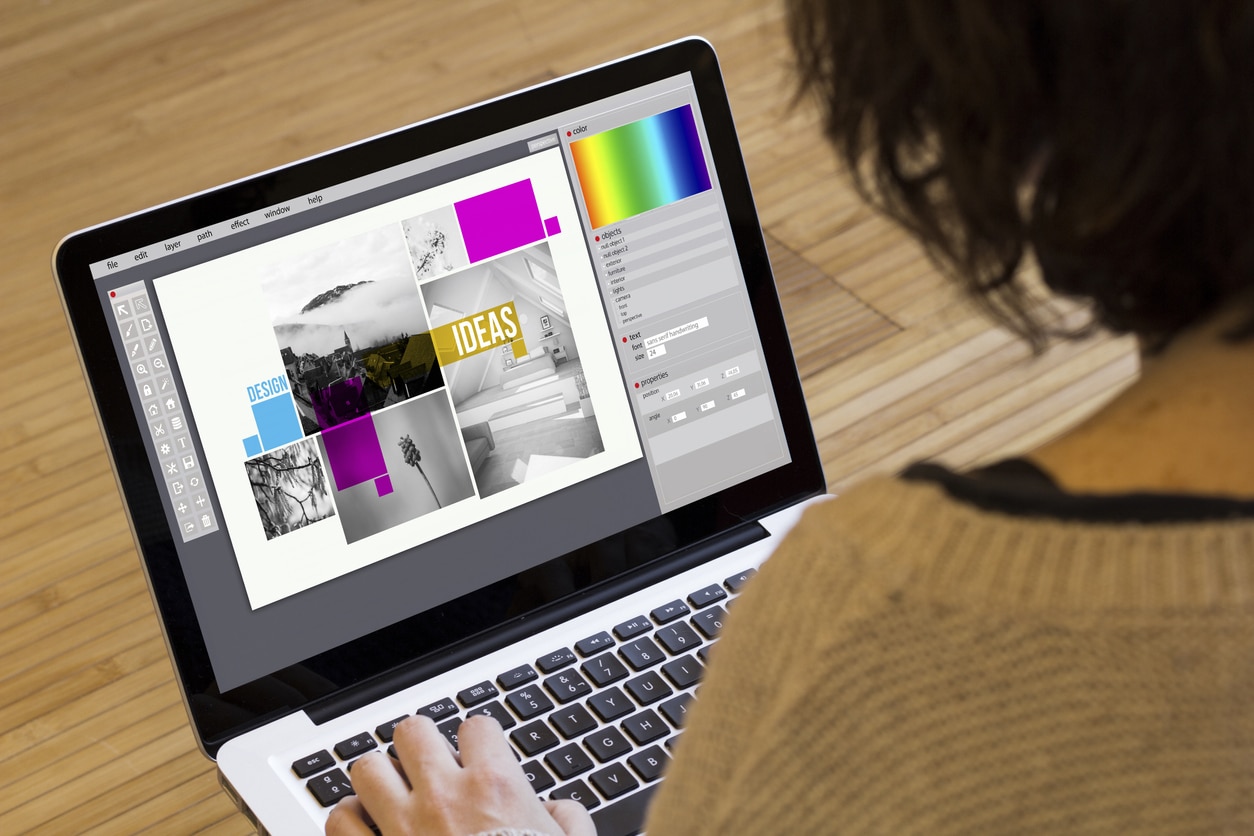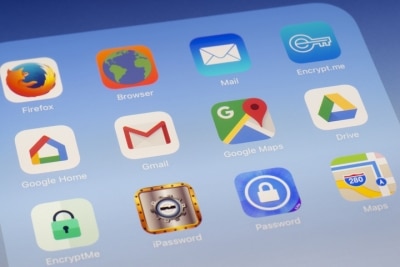Content
Accessible Email Design Is For Everyone
June 30, 2023

Accessibility has been a hot topic in recent years and is a growing practice, especially in tech and digital marketing spaces. From websites and digital products to email and beyond, industry experts have been touting its benefits and necessity. But what exactly is it, and why does it matter to us as email marketers?
Email accessibility is the practice of producing emails that are usable by as many people as possible, especially those with visual or hearing impairments, cognitive or learning disabilities, or mobility issues. From copy to design to code, accessible emails should be easy to understand and engage with.
If you’ve not yet been thinking about accessibility, you might have some preconceived notions about what it’s all about, if it’s really that big of a deal, and if it’s more hassle than it’s worth.
Today, we’re busting some common misconceptions to help empower you to make accessibility a central part of your email strategy and design process.
Myth: Accessibility will make our emails boring
We get it — rules can feel restrictive, and it can seem challenging to follow rules and still be creative. The reality is that accessibility standards provide guardrails for helping make emails consumable by more people, and that might mean producing design systems and email layouts that feel more expected.
This is not a bad thing. When it comes to digital experiences like email, following a logical, consistent format can make your campaigns more intuitive to consume, minimizing the risk of user friction that could affect engagement.
There’s so much creativity left to explore after you have an accessibility framework in place. Working within a structure can encourage your teams to be even more intentional and strategic about the campaigns they produce.
Myth: Accessibility is difficult and time-consuming to implement
A complete email accessibility overhaul can feel overwhelming, but it doesn’t have to be disruptive. If you have the resources, your accessibility efforts can run in parallel with your BAU processes. For nimbler teams, implementing accessibility standards into your strategy and design can be done gradually.
Keeping an accessibility mindset as new email campaigns are created is an organic way to evolve your emails and strategy into something more compliant and inclusive, and using that framework to update existing campaigns can help make the process more manageable.
Myth: Accessibility can help only those with disabilities
Emails that are intuitive and easy to experience, with copy that’s simple to understand and support for those using assistive technologies, open up your brand to those who are differently abled, but the benefits are there for everyone, no matter their needs.
Simply put: If your emails are difficult to understand and engage with, your customers could be hindered in taking the action you expect, and this could affect how they choose to engage with your brand moving forward.
Myth: Accessibility is one and done
Conducting an audit to review your current campaigns and templates is a great first step to understanding where there may be gaps in your approach to accessibility. This can be a precursor to a template redesign, which can help establish a new baseline for your email templates that follow current accessibility best practices.
But making sure your emails are continuing to adhere to accessibility standards is an ongoing process. The industry will evolve, best practices will evolve, and so will your business needs—your emails will also need to evolve alongside.
Myth: Accessibility can be automated
There are many online tools available to run your HTML emails against a compliance checklist, which can be especially helpful if you’re new to email accessibility. And, with the recent proliferation of AI technologies, just letting the machines take over may feel easier.
Making accessibility a core part of the design process is key to authentic Relationship Marketing and true inclusion efforts, and tools should be used for this purpose but not relied upon as the be-all and end-all.
Also, user needs and business needs are nuanced and evolving, and being educated on the latest accessibility best practices can help you think creatively about your design solutions and preserve the human element of marketing and inclusivity.
Hot tip: Know the rules so you can break them
Understanding accessibility is obviously important for making sure your emails are adhering to standards, but this understanding can also be helpful for when you decide to strategically eschew those standards to add more pop to your emails.
- Interactive emails may not be strictly accessible, but they can add a new flavor to your email campaigns that are still worth experimenting with.
- Real-time personalization relies on images or video to provide some really impactful engagement opportunities.
- Animated GIFs add visual impact and have been shown to have a positive effect on engagement.
Knowing when to lean into these design tactics can be a value add for your campaigns, but aim to make any emails that employ these tactics as accessible as possible. Alternative text and fallback scenarios are especially helpful here.
Accessibility is a crucial step towards equity and inclusivity
Designing accessible email campaigns shows your customers — and prospects — that you want everyone to engage with your brand and that you care about the diverse ways people consume digital information today.
Need help with your accessibility efforts? Our Marigold Design Team can help get you started! From audits to template designs and coding, we have the experience and knowledge to help open up your brand to everyone.
Written by Rose Christie Andora
The State of Brand Loyalty in the U.S. in 2023
Related



